The Black and Tan Coonhound is a friendly, hardworking dog with a proud place in American history. These dogs were first bred in the U.S. by mixing Bloodhounds and Foxhounds. Hunters needed a tough dog that could follow raccoon trails through forests, hills, and rough land-and this breed was the perfect helper.
What makes them special? Three things:
- A super-powered nose (they can sniff out animals better than most dogs).
- A strong, athletic body built for long hikes.
- A loud, deep bark that lets hunters find them, even miles away.
You’ll recognize these dogs by their shiny black fur with tan “pumpkin seed” spots above their eyes, on their chest, and legs. Their floppy ears and sweet eyes make them look like they’re always ready for a cuddle.
While they’re still expert hunting dogs, Black and Tan Coonhounds also make great family pets. They’re loyal, gentle with kids, and usually friendly with other pets. At home, they love playtime but are happy to relax too. Whether tracking animals in the woods or napping on your porch, this dog is a true American classic-equal parts adventurer and couch potato!
Breed History and Origins
The Black and Tan Coonhound has a long and interesting history in the United States. Early American settlers wanted a strong and smart dog that could help them hunt animals like raccoons, bears, and even mountain lions. These hunters needed a dog with a great nose, able to follow even the faintest scent through thick forests and rough land.
To create the Black and Tan Coonhound, breeders mixed several types of hounds. The most important were the Bloodhound, which is famous for its amazing sense of smell, and the Black and Tan Foxhound, which is full of energy and stamina. Some of the dogs in their family tree, like the Talbot Hound and the St. Hubert Hound, came from England and France many years ago.
Over time, these careful breedings made a dog with the strong nose of the Bloodhound and the energy of the Foxhound. The Black and Tan Coonhound was the first coonhound breed to be recognized as different from the Foxhound. It was officially registered by the United Kennel Club in 1900 and later by the American Kennel Club in 1945.
Today, the Black and Tan Coonhound is loved for both its hunting skills and its friendly, loyal nature at home. This breed is a true American original, with a proud history and a big heart.
Physical Characteristics
The Black and Tan Coonhound is a large, strong, and athletic dog with a look that really stands out. Let’s explore what makes the black and tan coonhound appearance so special, from their size and weight to their coat and markings.
Size and Weight
These dogs are sturdy and well-built.
- Males usually stand between 25 and 27 inches tall at the shoulder and weigh between 65 and 75 pounds.
- Females are a bit smaller, standing 23 to 25 inches tall and weighing about 50 to 65 pounds.
Coat and Coloring
The Black and Tan Coonhound has a short, dense, and shiny coat. This coat helps protect them in all kinds of weather, whether they are hunting or just playing outside. As their name says, their coat is mostly coal-black with rich tan markings. These tan spots show up above the eyes (often called “pumpkin seeds”), on the sides of the muzzle, chest, legs, and under the tail.
Distinctive Features
- Long, droopy ears: Their ears hang low and help catch scents in the air.
- Expressive, soulful eyes: Their eyes are usually hazel or dark brown, giving them a gentle and smart look.
- Muscular body: They have a deep chest, strong back, and long legs made for running and tracking.
- Tail: Their tail is set high and carried upright, sometimes with a little curve, showing they are alert and confident.
The overall black and tan coonhound size and appearance show off their power, agility, and grace. Their classic markings and long ears make them easy to spot, and their friendly faces win hearts everywhere. Whether out in the field or relaxing at home, the Black and Tan Coonhound is truly a beautiful and unique breed.
Personality and Temperament

The Black and Tan Coonhound is a friendly and loyal dog. They love being with people and enjoy making new friends. These dogs are outgoing and happy to join in family activities. Their cheerful nature makes them great companions for both adults and children.
Loyal and Gentle
Black and Tan Coonhounds are very loyal to their families. They form strong bonds with their owners and love to be close to them. These dogs are gentle and patient, which makes them good with kids. They enjoy playtime and often become a child’s best buddy. Because they are big and active, it’s smart to watch them around very young children.
Outgoing but Independent
These dogs are friendly but also like to do things their own way. They were bred to hunt alone, so they can be a bit stubborn at times. Black and Tan Coonhounds are smart and curious. They love to follow interesting smells. Training them takes patience and kindness, but they can learn well with treats and praise.
Howling and Baying
One special thing about this breed is their voice. Black and Tan Coonhounds are known for their loud howling and baying. They use their voice when they are excited or when they smell something interesting. If left alone too long, they may howl a lot. They do best in homes where they get plenty of attention and exercise.
Family Pets and Children
These dogs are usually very good with children. They are playful and enjoy being part of family life, whether it’s going for a walk or relaxing at home. Because they are large and strong, it’s important to teach both the dog and the children how to play safely together.
Other Pets
Black and Tan Coonhounds are friendly, but they have a strong urge to chase small animals. Early training and socialization can help them get along better with other pets in the house.
Summary of Black and Tan Coonhound Temperament
- Friendly and outgoing
- Loyal and gentle
- Independent and smart
- Known for loud howling
- Great with kids, but supervise play
- May chase small animals; early training helps
In short, the Black and Tan Coonhound is a loving, joyful dog. They are best for active families who can give them love, exercise, and a little patience. Their happy spirit and gentle ways bring a lot of joy to any home.
Exercise and Activity Needs
The Black and Tan Coonhound is a dog with lots of energy and a strong need for daily exercise. Even though you might see them napping on the couch, don’t be fooled-when they’re awake, they’re ready to go! Meeting black and tan coonhound exercise needs is important for their health and happiness.
How Much Exercise Do They Need?
Most Black and Tan Coonhounds need at least one hour of good exercise every day, but many do best with 90 minutes or more. This can include long walks, hikes, or playtime in a big, safe yard. Because they are bred for endurance, a quick walk around the block is usually not enough for this active breed. They love having space to stretch their legs and explore.
Mental Stimulation is Important Too
Coonhounds are not just active-they are also very smart. They need activities that work their brains as well as their bodies. Letting them sniff around on walks, playing scent games, or giving them puzzle toys can help tire them out. Many owners find that a “sniffari” (a slow walk where your dog can sniff everything) is just as good as a long run.
Fun Activities for Black and Tan Coonhounds
- Tracking and Scent Work: These dogs were bred to follow scents, so games that let them use their nose are perfect. Hide treats or toys in the yard and let your dog find them.
- Long Walks and Hikes: They love adventures in the woods or fields, where there are lots of new smells to discover.
- Playtime: Games like fetch or tug can help burn off energy.
- Dog Sports: Activities like tracking, agility, or even organized scent work are great ways to keep your coonhound busy and happy.
Tips for Exercise
- Always use a leash or make sure your yard is fenced. Once a coonhound catches an interesting scent, they may run off and not come back right away.
- Change up your walks and activities to keep things interesting for your dog.
- Remember, mental exercise is just as important as physical exercise for this smart breed.
Coonhound Activity Level at Home
After a good workout, most Black and Tan Coonhounds are calm and relaxed at home. They enjoy lounging with the family and are happy to rest until it’s time for their next adventure.
Training and Socialization
Training a Black and Tan Coonhound can be both fun and a little challenging. These dogs are very smart and eager to learn, but they also like to do things their own way. This is because they were bred to work alone while hunting. If they catch an interesting scent, they might ignore you for a while! That’s why patience and consistency are so important when training black and tan coonhounds.
Tips for Effective Training
- Start Early: Begin training and socialization when your coonhound is a puppy. Early lessons help them grow into well-behaved and confident adults.
- Use Positive Reinforcement: Black and Tan Coonhounds do best with gentle, reward-based training. Give treats, praise, or playtime as rewards for good behavior.
- Keep Sessions Short and Fun: These dogs can get bored easily, so short, playful sessions work best. Try to end each training time on a happy note.
- Be Patient and Consistent: Because of their independent nature, your coonhound may not always listen right away. Stay calm and keep practicing. With time, they will learn what you expect.
- Teach Recall and Leash Manners: Since these dogs love to follow scents, it’s important to teach them to come when called and to walk nicely on a leash.
Socialization is just as important as training for a Black and Tan Coonhound. Early socialization helps your dog feel comfortable around new people, animals, and places. Without it, they may become shy or anxious in new situations.
- Meet New People and Pets: Let your puppy meet different people, children, and friendly dogs. Puppy classes and playdates are great ways to do this in a safe setting.
- Explore New Places: Take your coonhound to parks, busy streets, and pet-friendly stores. The more new things they see, the more confident they will become.
- Watch Their Body Language: Always pay attention to how your dog feels. If they seem scared, go slow and use lots of praise to help them feel safe.
Why Early Training and Socialization Matter
A well-trained and socialized Black and Tan Coonhound is a joy to have as a family member. They are less likely to develop problem behaviors like excessive barking, chasing small animals, or being fearful of strangers. Early training helps manage their strong instincts and makes them happier, more relaxed dogs.
Grooming and Care
Taking care of a Black and Tan Coonhound is simple, but it does need regular attention. These dogs have a short, dense coat that is easy to manage, but they do shed all year. Brushing your coonhound once or twice a week with a slicker brush or grooming mitt will help remove loose hair and keep their coat shiny and healthy. Regular brushing also spreads natural oils through their fur, which helps their skin stay healthy.
Bathing and Skin Care
Black and Tan Coonhounds do not need frequent baths. Bathing them once a month with a gentle dog shampoo is usually enough to keep them clean and smelling fresh. They can have a natural “hound odor,” so regular baths and wiping their face after meals can help.
Ear Cleaning
Their long, floppy ears can trap moisture and dirt, making them prone to ear infections. Check your dog’s ears every week for redness, bad smells, or discharge. Clean their ears gently with a vet-recommended ear cleaner and a cotton ball. Never use hydrogen peroxide, as it can irritate their ears. If you notice any pain or swelling, call your vet.
Nail Trimming
Coonhounds have thick nails that can grow quickly. Trim their nails every few weeks, or whenever you hear them clicking on the floor. If your dog has black nails, trim a little at a time to avoid cutting the quick, which can bleed. A short walk on pavement after trimming can help smooth the edges.
Dental Hygiene
Brush your coonhound’s teeth several times a week to prevent tartar and keep their breath fresh. Use a toothbrush and toothpaste made for dogs. Good dental care helps prevent gum disease and other health problems.
Other Coonhound Care Tips
- Wipe their face and eyes with a damp cloth to remove dirt and prevent tear stains.
- Check their skin for bumps, redness, or signs of irritation during grooming.
- Keep their bedding and living area clean to help control shedding and odor.
How Often to Groom
- Brush: 1–2 times per week
- Bath: About once a month
- Ears: Check and clean weekly
- Nails: Trim every few weeks
- Teeth: Brush several times a week
With regular grooming and a little extra care, your Black and Tan Coonhound will look and feel their best. These simple steps will help keep your dog healthy, happy, and comfortable every day.
Nutrition and Diet
Feeding your Black and Tan Coonhound the right diet is one of the most important things you can do for their health and happiness. Because these dogs are active and strong, they need food that gives them good energy and keeps their muscles healthy.
High-Quality, Age-Appropriate Diet
Choose a high-quality dog food made for medium or large breeds. Look for real meat, like chicken, beef, or fish, as the first ingredient. Good protein helps build strong muscles and supports your dog’s active lifestyle. Puppies, adults, and senior dogs all have different needs, so pick a food that matches your dog’s age and talk to your vet if you’re unsure.
Some owners like to feed a raw or fresh diet, which often includes meat, bones, and some vegetables. This can be great for coonhound nutrition, but it’s important to make sure the diet is balanced and safe. If you choose kibble, pick a brand with high protein and healthy fats, and avoid foods with lots of fillers like corn or soy.
Portion Control and Preventing Obesity
Black and Tan Coonhounds love to eat and can gain weight if you’re not careful. Feed your dog two meals a day instead of one big meal. This helps prevent bloat, a serious health problem in large dogs. Always measure your dog’s food and adjust the amount based on their age, weight, and how active they are. If your dog is very active, they may need a little more food. If they are less active or getting older, they may need less.
Watch your dog’s body shape and weight. You should be able to feel their ribs but not see them. If your dog is getting too heavy, cut back on treats and talk to your vet about the right portion size.
Other Nutrition Tips
- Always provide fresh water.
- Healthy treats, like small pieces of carrot or apple, are better than fatty snacks.
- Some dogs may benefit from supplements like fish oil for a shiny coat or glucosamine for healthy joints, but ask your vet before adding anything new.
- Avoid feeding table scraps, as these can upset your dog’s stomach and add too many calories.
Summary of Black and Tan Coonhound Diet
- Choose high-quality food with real meat as the first ingredient.
- Feed a diet that matches your dog’s age and activity level.
- Measure portions and feed two meals a day.
- Watch for weight gain and adjust food as needed.
- Always provide fresh water.
By following these coonhound care tips, you’ll help your Black and Tan Coonhound stay healthy, strong, and full of energy for all your adventures together.
Common Health Issues
The Black and Tan Coonhound is usually a healthy dog, but like all breeds, they can have some health problems. Knowing about these issues can help you keep your coonhound happy and healthy for many years. The average black and tan coonhound lifespan is about 10 to 12 years. Regular vet visits are important for catching problems early and keeping your dog feeling their best.
Hip and Elbow Dysplasia
One of the most common black and tan coonhound health issues is hip and elbow dysplasia. This happens when the joints don’t form right, which can lead to pain, limping, and arthritis as your dog gets older. Signs include trouble getting up, stiffness, or not wanting to run or jump. Keeping your dog at a healthy weight and giving them regular, gentle exercise can help. In some cases, your vet may recommend medicine or even surgery.
Hypothyroidism
Coonhounds can sometimes have a problem with their thyroid gland called hypothyroidism. This means their body doesn’t make enough thyroid hormone. Dogs with this issue may seem tired, gain weight easily, or have dry skin and a dull coat. Hypothyroidism is usually easy to manage with daily medicine from your vet.
Ear Infections
Because Black and Tan Coonhounds have long, floppy ears, they can get ear infections more easily than some other breeds. Moisture and dirt can get trapped in their ears, leading to itching, redness, and a bad smell. Cleaning your dog’s ears every week and keeping them dry can help prevent infections. If you notice any signs of an ear infection, see your vet for treatment.
Eye Problems
These dogs can have a few different eye issues. Some common problems include eyelids that roll inward or outward, cataracts, and progressive retinal atrophy (PRA), which can lead to blindness over time. Signs of eye trouble include redness, discharge, or your dog bumping into things. Regular vet checkups can catch these problems early, and some issues can be treated or managed if found soon enough.
Other Health Concerns
- Parasites: Like all dogs, coonhounds can get worms, fleas, and ticks. Your vet can recommend medicines to prevent these pests.
- Dental Disease: Regular tooth brushing helps prevent gum disease, which is common in this breed.
- Bloat: Large, deep-chested dogs like the Black and Tan Coonhound can be at risk for bloat, a serious stomach problem. Feed your dog two smaller meals a day instead of one big meal, and avoid heavy exercise right after eating.
- Take your coonhound to the vet for regular checkups and vaccinations.
- Keep their ears clean and dry.
- Brush their teeth several times a week.
- Watch their weight and give them regular exercise.
- Use parasite prevention as recommended by your vet.
By staying on top of these coonhound health issues and following your vet’s advice, you can help your Black and Tan Coonhound live a long, healthy, and happy life.
Living With a Black and Tan Coonhound
Living with a Black and Tan Coonhound is a joyful experience, but it does come with some special needs. These dogs are friendly, loyal, and full of energy, making them wonderful companions for the right family.
Ideal Home Environment
Black and Tan Coonhounds do best in active homes where they get plenty of exercise and attention. They love having space to roam, so a house with a large, fenced yard is perfect for them. These dogs are not well-suited for apartment living or small homes without outdoor space, as they can become bored and restless without enough room to explore and play. Their strong hunting instincts mean they will follow scents, so it’s important to keep them on a leash or in a secure yard to prevent them from wandering off.
Coonhounds enjoy being part of an active family. They love going on long walks, hikes, and even runs. Regular playtime and scent games help keep their minds and bodies busy. If you have a busy household with lots of activities, a Black and Tan Coonhound will likely fit right in.
Integrating Into Family Life
Black and Tan Coonhounds are known for their sweet and gentle nature. They are usually very good with children and can be playful, patient, and protective with kids. Their size and energy mean it’s best to supervise play with very young children to make sure everyone stays safe and happy.
These dogs are social and love being around people. They may complain loudly if left alone for long periods, so they do best in homes where someone is around most of the day. They also enjoy the company of other dogs and can get along well with other pets if they are socialized early. However, because of their strong prey drive, they may want to chase smaller animals, so careful introductions and supervision are important.
Tips for a Happy Coonhound Family Dog
- Give them lots of daily exercise-walks, runs, and playtime are a must.
- Provide a secure, fenced yard for safe exploring.
- Keep them mentally busy with scent games, training, and puzzle toys.
- Start training and socialization early to help them get along with people and pets.
- Be patient and consistent-these dogs are smart but can be stubborn.
- Don’t leave them alone for too long, as they crave company and may become vocal or destructive if bored.
- Supervise play with young children and teach kids how to interact gently with the dog.
Living with a Black and Tan Coonhound is rewarding for active families who can give them the exercise, space, and attention they need. With proper training, socialization, and lots of love, these dogs become loyal, playful, and loving members of the family. They thrive in homes where they are included in daily activities and have plenty of room to run and explore.
Is the Black and Tan Coonhound Right for You?
Choosing a dog is a big decision, and it’s important to find a breed that matches your lifestyle. The Black and Tan Coonhound is a special dog with many wonderful qualities, but they also have some needs and quirks that may not fit every home. Here’s a look at the pros and cons to help you decide if this breed is right for you.
Pros of the Black and Tan Coonhound
- Friendly and Gentle: These dogs are known for their laid-back, easygoing nature. They are affectionate and form strong bonds with their families. Most Black and Tan Coonhounds are great with children and tend to get along with other pets.
- Adaptable: While they are born hunters, they can be happy as family companions. Indoors, they are calm and relaxed, often enjoying a good nap on the couch.
- Active and Adventurous: If you love the outdoors, this breed will be your best buddy. They enjoy long walks, hikes, and any adventure where they can use their nose and explore.
- Loyal and Protective: Black and Tan Coonhounds are very loyal and can be protective of their families, making them good watchdogs.
- Intelligent: They are smart dogs who can learn many commands and tasks, especially when training is positive and consistent.
Cons of the Black and Tan Coonhound
- Strong Prey Drive: These dogs are scent hounds with a powerful urge to follow smells. This means they may chase small animals and can wander off if not kept on a leash or in a secure yard.
- Vocal: Black and Tan Coonhounds are famous for their deep, loud baying. While some people love this “hound music,” it can be too much for some families and may bother neighbors.
- Needs Space and Exercise: They do best in homes with a large, fenced yard and need daily exercise. Apartment living or homes without outdoor space are usually not a good match.
- Independent and Sometimes Stubborn: Their independent streak means they may not always listen right away, especially if they catch an interesting scent. Training requires patience and consistency.
- Prone to Some Health Issues: Like all breeds, they can be prone to health problems such as hip dysplasia, ear infections, and hypothyroidism. Regular vet care is important.
Is This Breed a Good Match for You?
A Black and Tan Coonhound is a great fit if you:
- Have an active lifestyle and enjoy outdoor activities.
- Can provide a secure yard or always use a leash on walks.
- Don’t mind a bit of noise and some stubbornness.
- Want a loyal, gentle, and playful family companion.
- Have time for regular exercise, training, and socialization.
This breed may not be the best choice if you:
- Live in a small apartment or don’t have outdoor space.
- Prefer a quiet dog.
- Want a dog that always obeys without question.
- Can’t provide enough exercise or mental stimulation.
The Black and Tan Coonhound is a loving, adventurous, and loyal dog who thrives with active families and plenty of space. They bring joy, fun, and a bit of hound music to any home. If you can meet their needs, they will be a devoted companion for many years.
Conclusion
The Black and Tan Coonhound is a special dog with a big heart and lots of energy. This breed is known for being friendly, loyal, and adventurous. They love spending time with their families, enjoy outdoor activities, and are always ready for a new adventure. Their strong nose and hunting skills make them unique, but their gentle and playful nature makes them wonderful family pets.
Caring for a Black and Tan Coonhound means giving them plenty of exercise, a safe place to roam, and lots of love and attention. They need regular grooming, healthy food, and visits to the vet to stay happy and healthy. Training and socialization from a young age help them become well-mannered and confident dogs.
Before bringing a Black and Tan Coonhound into your home, make sure you can meet their needs for space, activity, and companionship. They do best with families who are active and can give them the time and care they deserve. If you think this breed is right for you, take time to learn more and talk to breeders, rescue groups, or veterinarians.
Being a responsible dog owner means understanding what your dog needs and doing your best to give them a happy, healthy life. With the right care, a Black and Tan Coonhound will be a loyal friend and a joyful part of your family for many years.
FAQs.
Do Black and Tan Coonhounds bark or howl a lot?
Yes, Black and Tan Coonhounds are known for their loud howling and barking. They use their voice to communicate, especially when they catch an interesting scent. This breed may not be the best choice if you want a quiet dog.
Are Black and Tan Coonhounds good with kids?
Black and Tan Coonhounds are usually gentle and patient with children. They enjoy playing and being part of the family. Always supervise playtime, especially with younger kids, because these dogs are large and energetic.
Can Black and Tan Coonhounds live in apartments?
This breed is not ideal for apartment living. Black and Tan Coonhounds need lots of space and daily exercise. They do best in homes with a large, fenced yard where they can run and explore safely.
Do Black and Tan Coonhounds shed a lot?
Yes, Black and Tan Coonhounds shed year-round. Their short, dense coat needs regular brushing to control shedding and keep their fur healthy. Weekly brushing helps reduce loose hair around your home.
Are Black and Tan Coonhounds good with other pets?
Black and Tan Coonhounds can get along with other dogs, especially if socialized early. They may want to chase smaller animals due to their hunting instincts, so careful introductions and supervision are important.



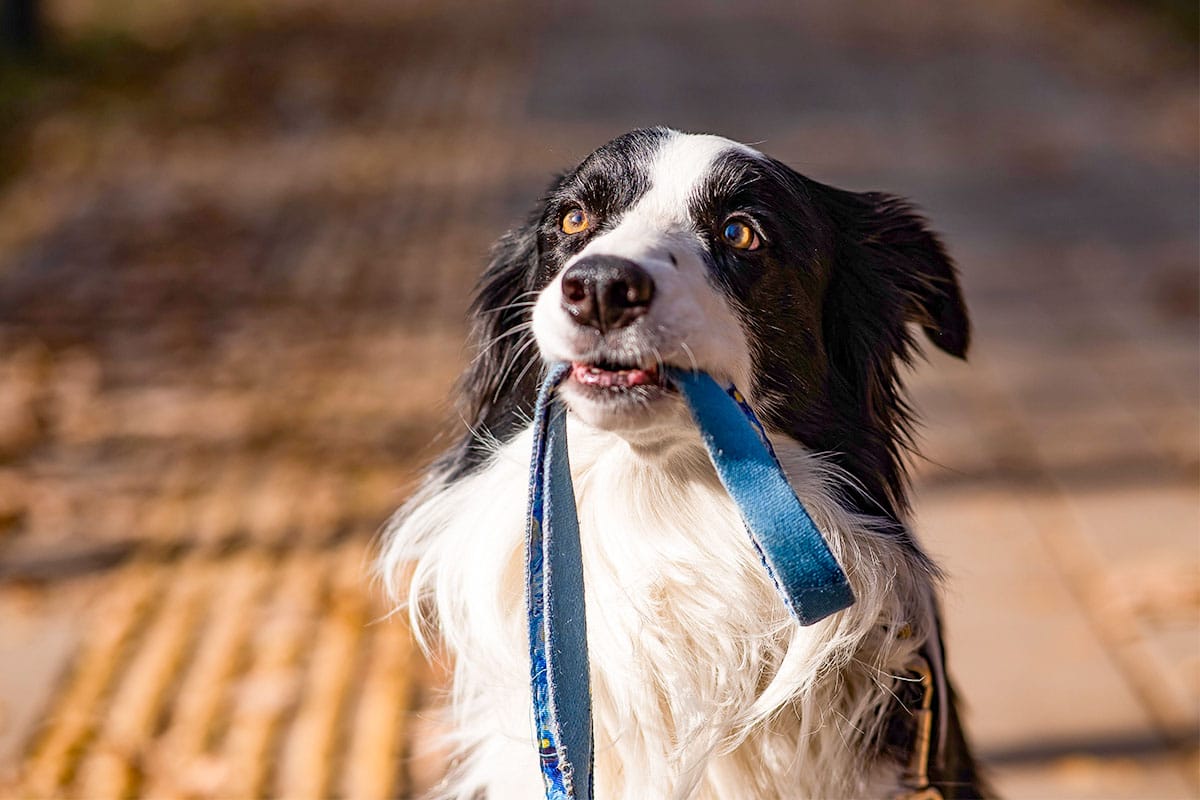



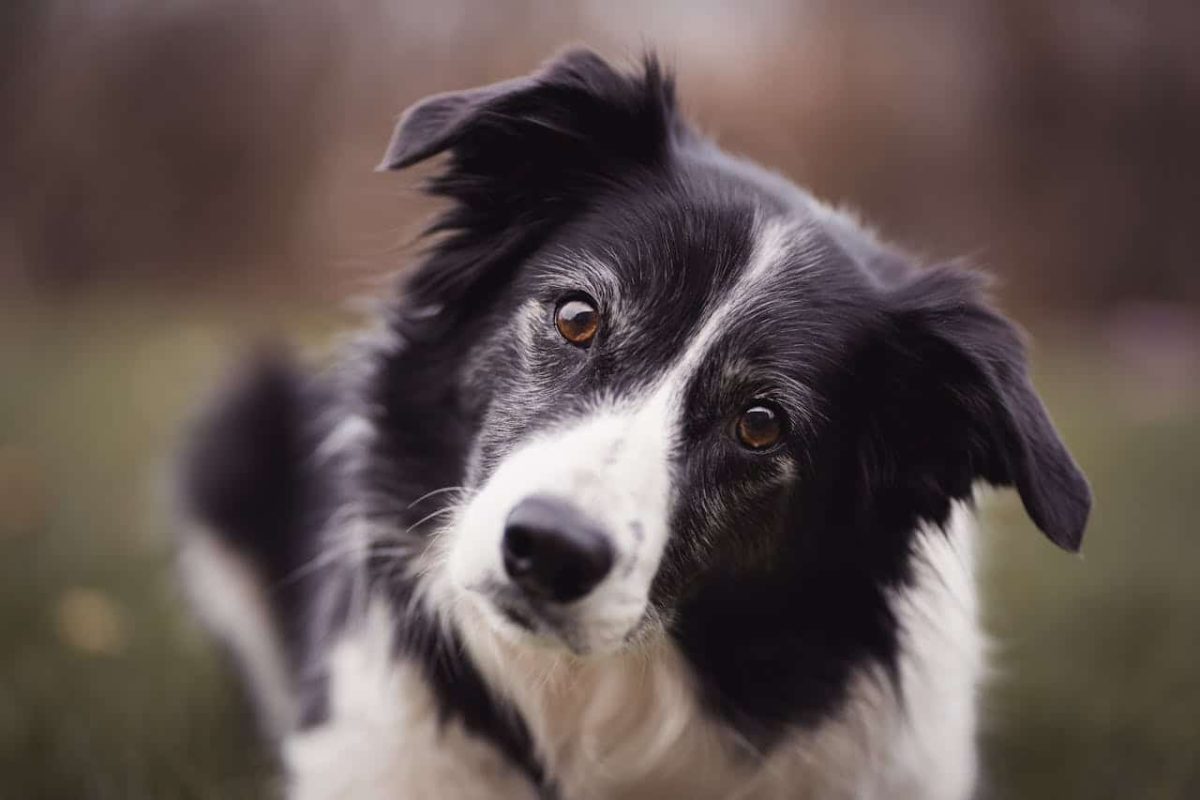
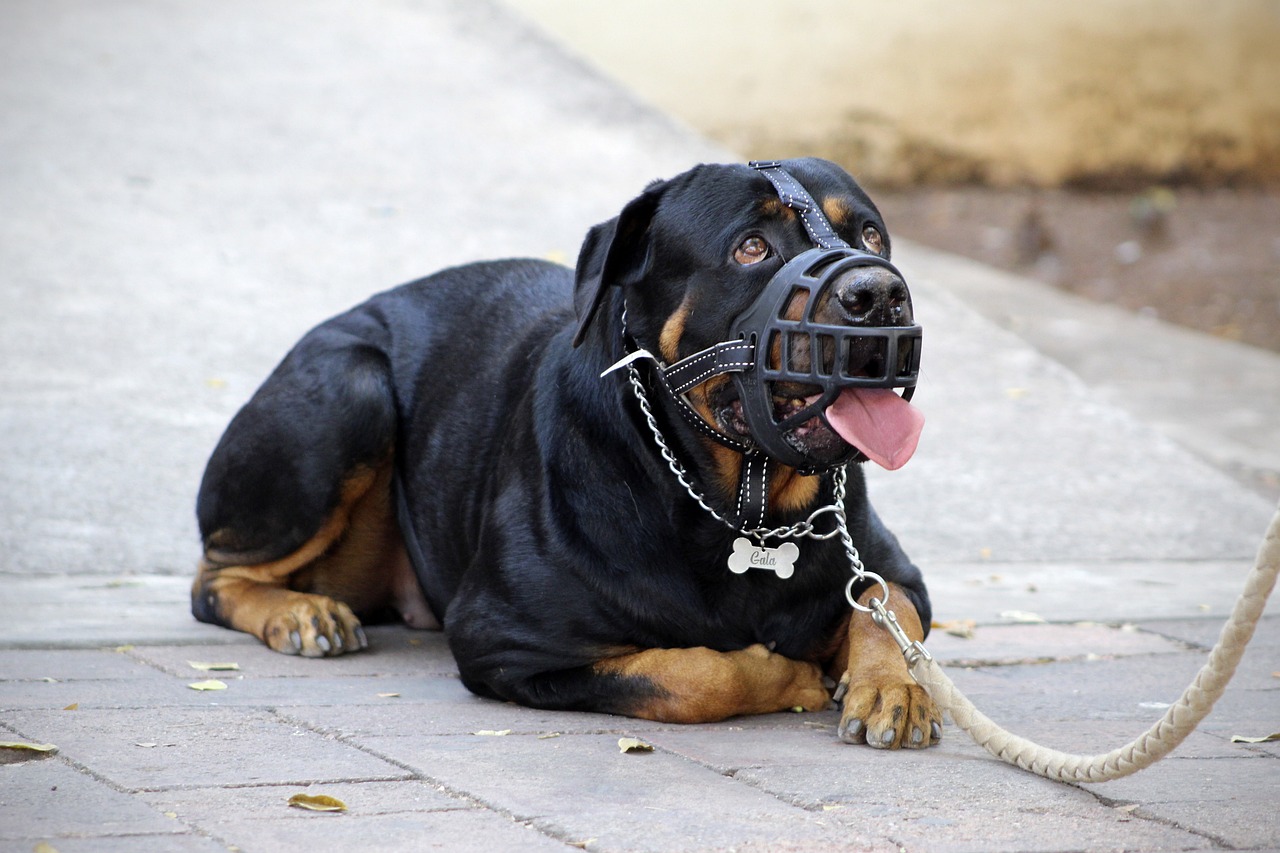


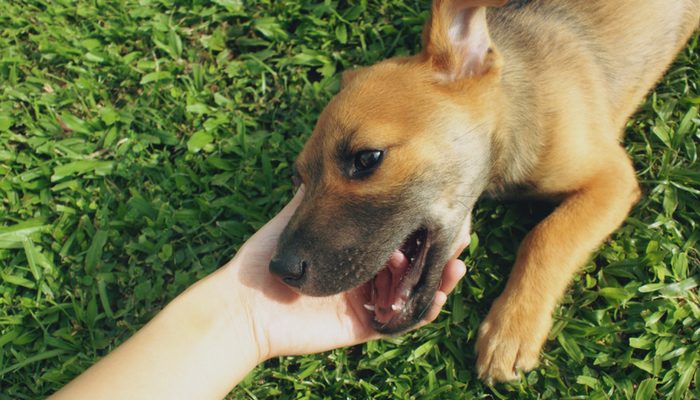




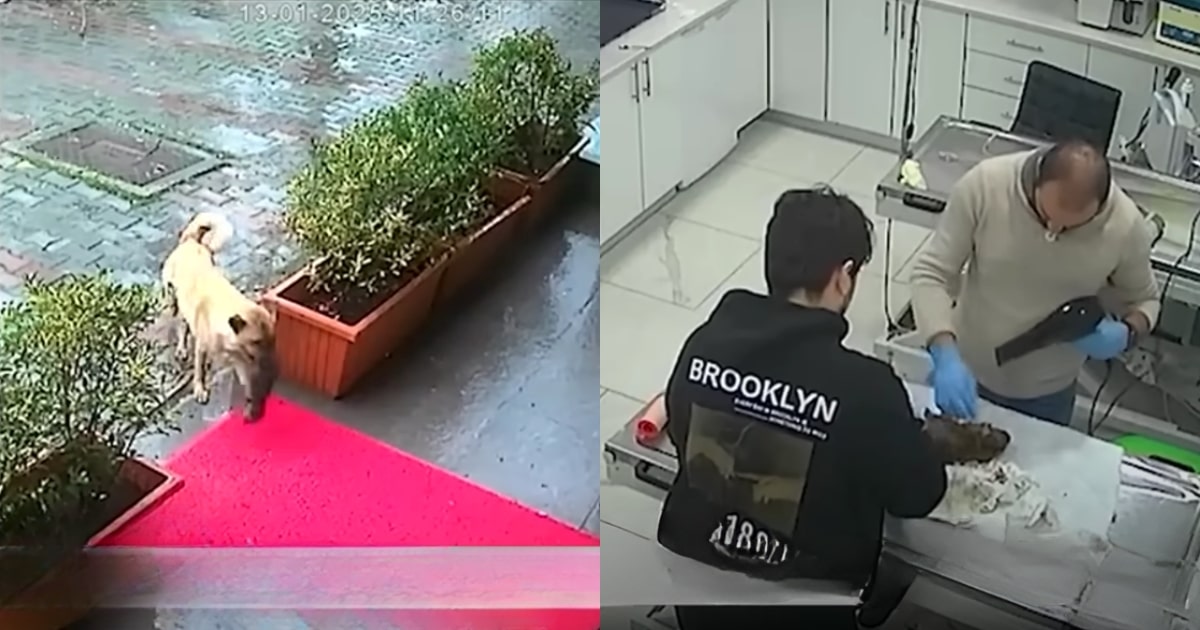
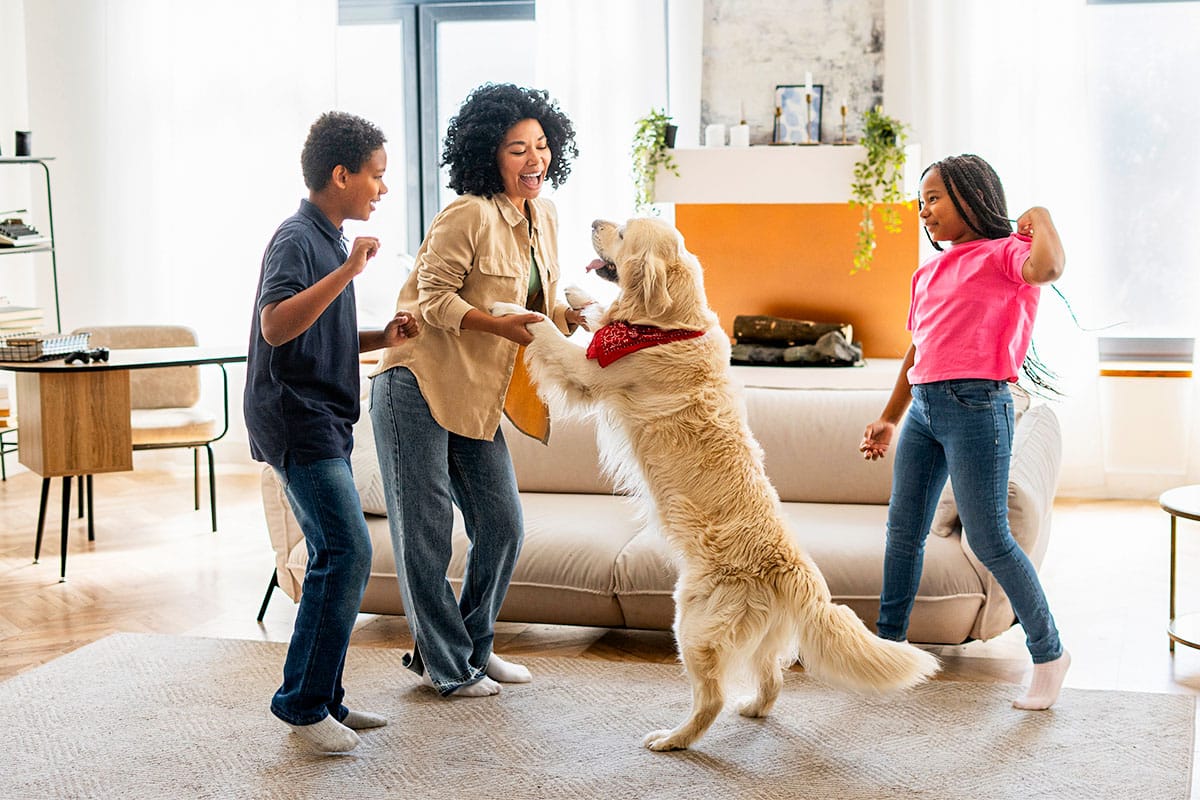

 English (US) ·
English (US) ·